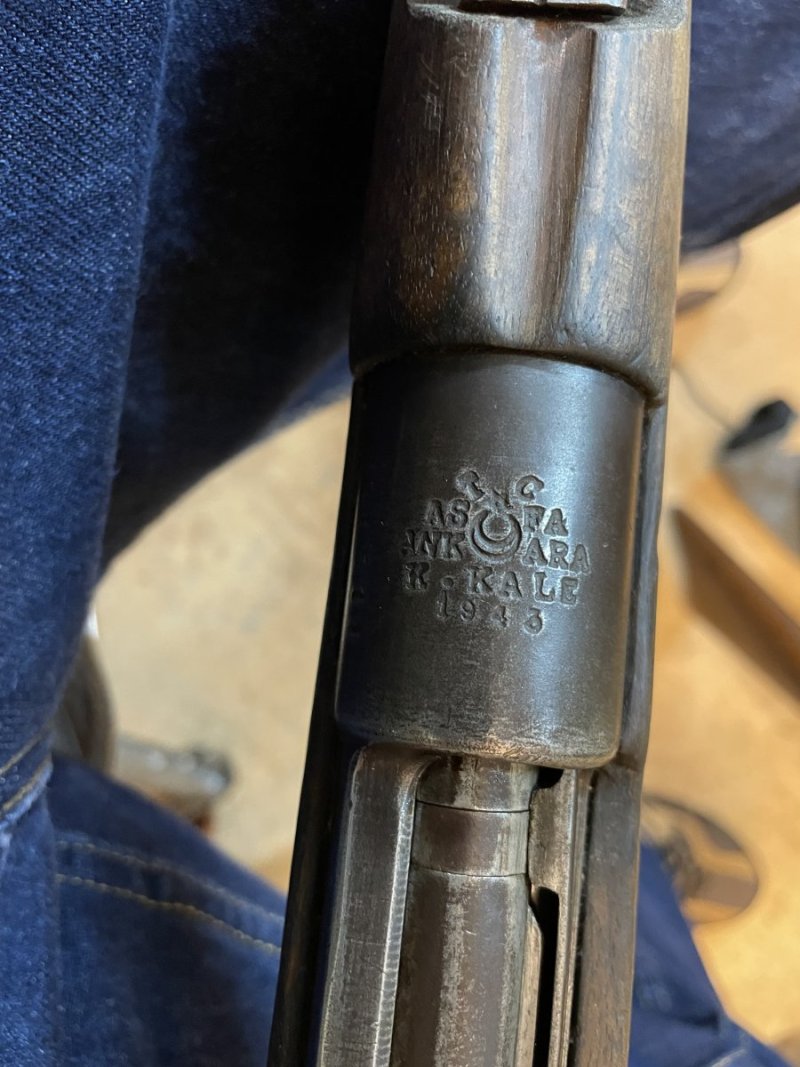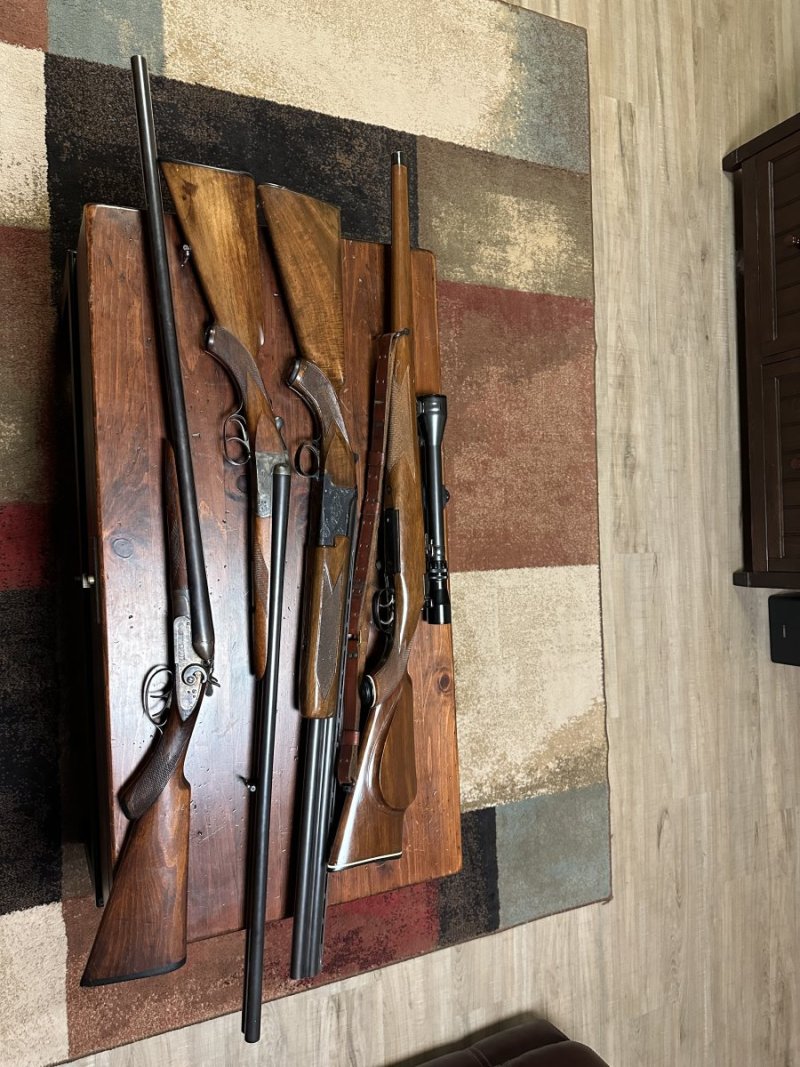Fernbank Natural History Museum has a bring what you got day where an expert will look at your stuff and tell you what you have. You'll need to call to check the dates.
Incidentally if anyone is interested in a 10,000 year old petrified tree trunk let me know...
Incidentally if anyone is interested in a 10,000 year old petrified tree trunk let me know...








